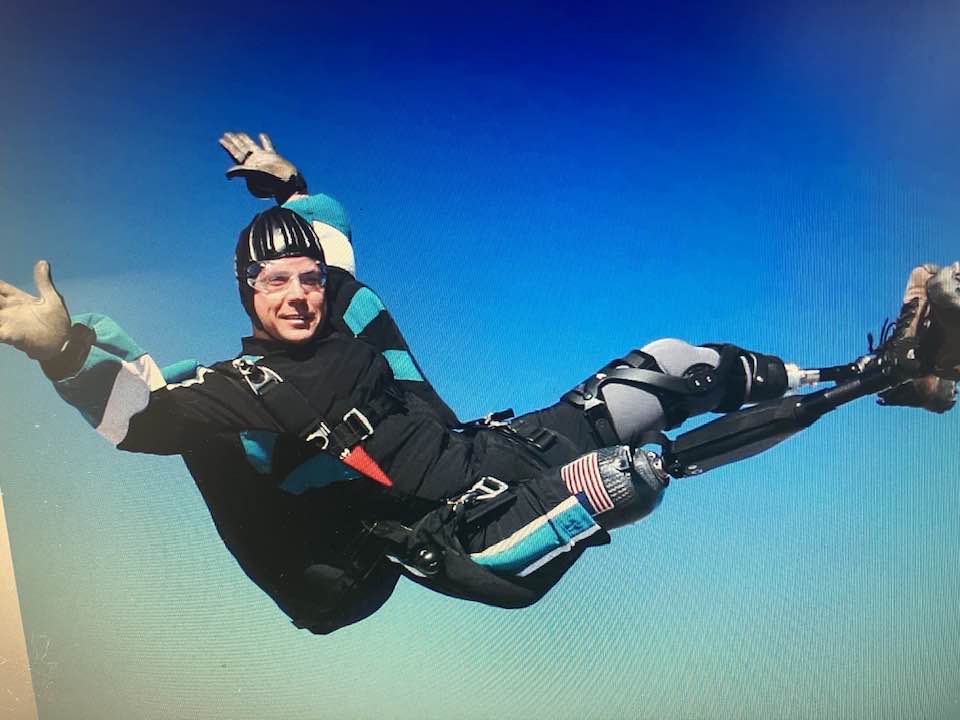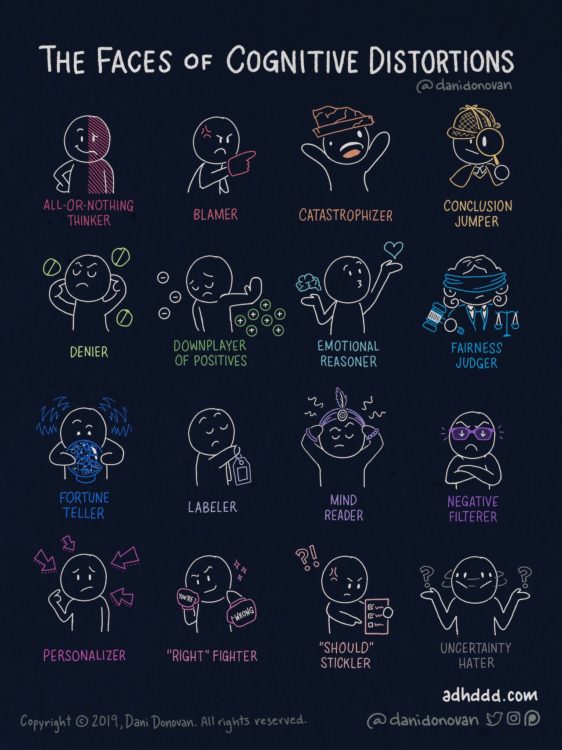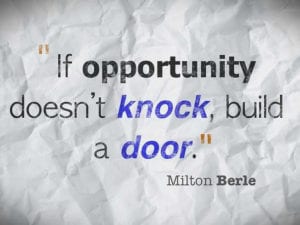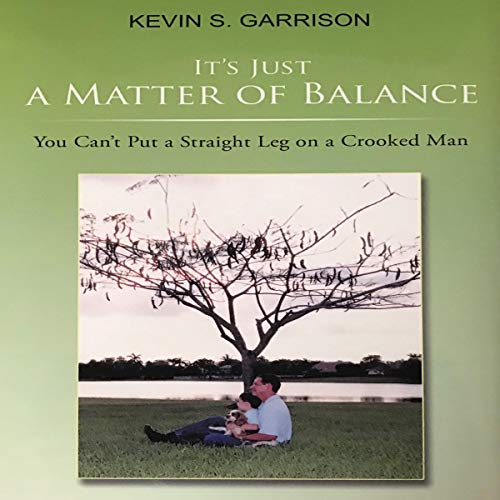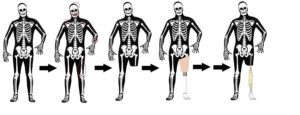
Yes, I Want To Be A Cyborg! Ask an amputee and they will tell you they want something better than a passive prosthesis. They want an ankle that moves on their command and relays the terrain back to their nervous system. After years of lugging around a leg held on only by a vacuum pump, I want to think, and my ankle will respond. I want to go back to before my amputation when I could walk on uneven surfaces without difficulty. Lifting a heavy object was possible because I knew where the weight was that I was lifting. It’s no Terminator obsession. I want to feel a change when I move. I say, “Yes, I Want To Be A Cyborg!”
The Robots Are Coming
Bring on the robotics! So what makes me want to say.” Yes, I want to be a cyborg?” Breakthroughs in prosthesis control are here. The day when a leg prosthesis is controlled by your nervous system is upon us. You will be able to move your ankle simply by thinking about it. Remember how you walked unconcernedly before your amputation? Djurica Resanovic lost his leg in a motorbike accident and was the first to receive a neuroprosthetic leg. This is the first case study that was a smashing success. Being able to move your prosthetic ankle by thinking about it is as giant a leap forward as trading in your old wooden peg leg for a vacuum pump prosthesis.
Starting With a Case Study
It started with funding from the National Institute of Biomedical Imaging and Bioengineering (NIBIB) which allowed researchers to develop an ankle prosthesis that is controlled by the amputee’s thoughts. Specifically, the user learns how to control the artificial ankle by slight muscle movements. This improves their postural control immensely. The new prosthesis prototype is controlled by directly mapping the electrical activity generated from the user’s muscles. Once the prosthesis is on, the amputee learns to twitch muscles in the residual limb, which are converted to electronic impulses. The electronic impulses drive the ankle to move. Once they control the prosthetic ankle they soon improve their balance and posture. They no longer fear falling and learn to compensate for rough terrain,
The Study Was A Success, So Yes I Want To Be A Cyborg!
Yes, I Want To Be A Cyborg! is heard by amputees around the world, and where do they sign up? Once the study was completed, lots of amputees were saying, “Yes I Want To Be A Cyborg!” Giving the below-knee amputee a small amount of control multiplies their confidence. Grace Peng, Ph.D., The director of the NIBIB program in Mathematical Modeling, Simulation, and Analytics says,” The study is a cumulation of work demonstrating that a prosthetic user can be trained to provide continuous neural control during various daily tasks, This case study is an essential step in implementing this unique control framework for future user-driven prosthetic devices. ” Much of this new research is an extension of the new prosthetic hands.
How It Works
According to Helen Huang, Ph.D. our brain sends out an electrical signal to the necessary muscle groups, resulting in the contraction of muscle fibers and enabling movement. After an amputation, the muscles in the residual limb can still receive these electrical signals if there was a way to send them. Her research teams in biomedical engineering hope to harness that signaling ability by developing a lower limb prosthetic device operated solely by the body’s electrical signals. The concept is known as direct electromyographic (EMG) control. Huang recently reported a case study evaluating this dEMG-controlled prosthetic, operated by an individual with a transtibial amputation in Wearable Technologies. The tension between the muscle groups improved the patient’s gait and balance immensely.
The amputee learns to use the remaining muscles left after his amputation to control his foot. His muscle movement converts to electronic pulses to drive pneumatic motors using pressurized air to contract and extend the prosthetic ankle. He can learn to control the direction of the artificial limb by the amount he moves the remaining muscle. “Frequently we start to use the muscles in the residual limb a little bit differently, “says Huang. The atrophied mussels were restored by a physical recovery program. He walked with marked improved confidence even on rough terrain. He quickly improved his pastoral control, He could transition from sitting to standing, pick up a heavy object, or reach forward. His balance improved on uneven surfaces.
“This regime helps the user to train their muscles and their brain to better control the prosthetic ankle, “says Aaron Fleming, a graduate student in the Huang laboratory. Huang and colleagues evaluate the amputee’s stability while performing specific tasks with the new dEMG-controlled device. His ability was markedly improved when wearing the DEMG Dash control device, even when standing on a foam surface that requires additional postural control, or with his eyes closed, which tests balance. The researchers also looked at the synchronization between his intact limb and his artificial limb. They found improved balance and movement when he was wearing the DEMG-controlled prosthetic than his usual passive device both when he was standing or picking up a heavy load.
Yes, I Want To Be A Cyborg!
Yes! I want to be a cyborg! This is the conclusion of this article but there will be more. Dr.Huang says, “Postural stability is something that many non-disabled people take for granted. When an amputation is a matter of medical necessity the ability to maintain balance is secondary to saving your life. “Dr.Huang continues, “While this research shows the possibility of such improvement in an amputee’s life, it is just a beginning. There have been no major developments in below-knee amputation since the 1990s. These new techniques demonstrate the feasibility of developing a device that allows its user to intuitively adjust their posture, walk on uneven terrain and reduce fear of falling which significantly increases their quality of life.
We Will End Disability By Becoming Cyborgs
How Advanced Prosthetics Turned This Man Into an “Emerging Cyborg”
